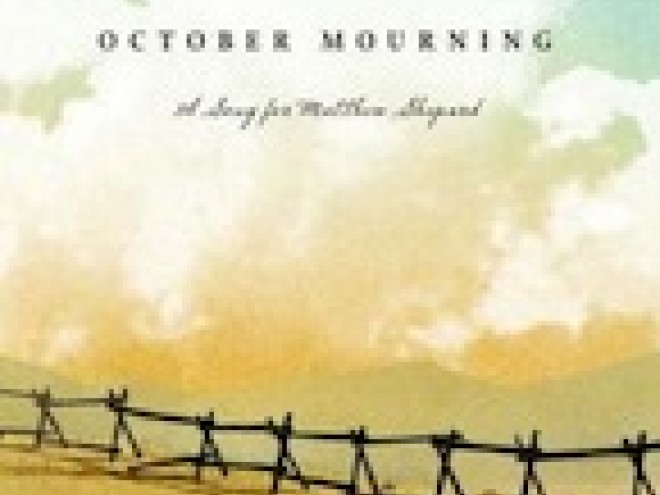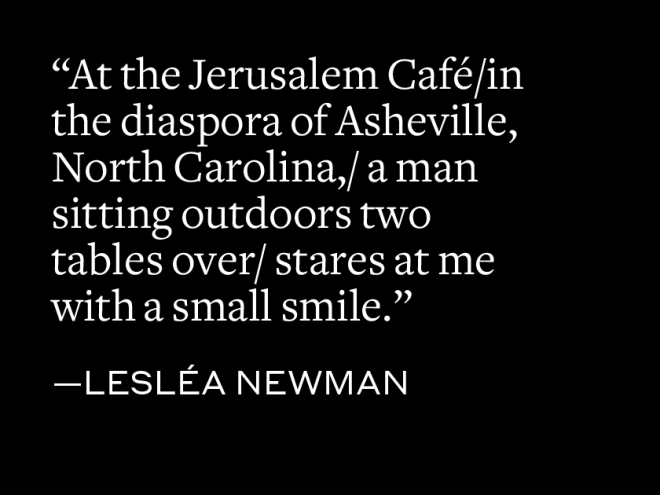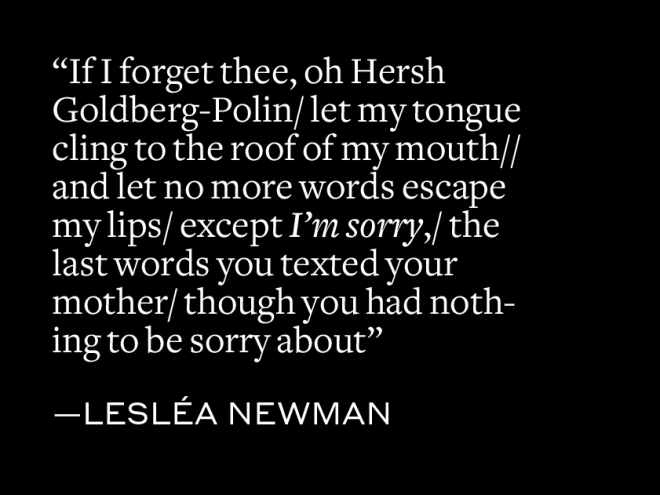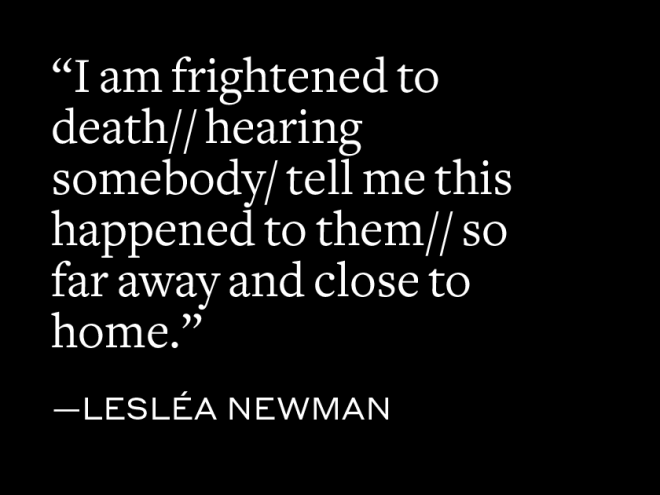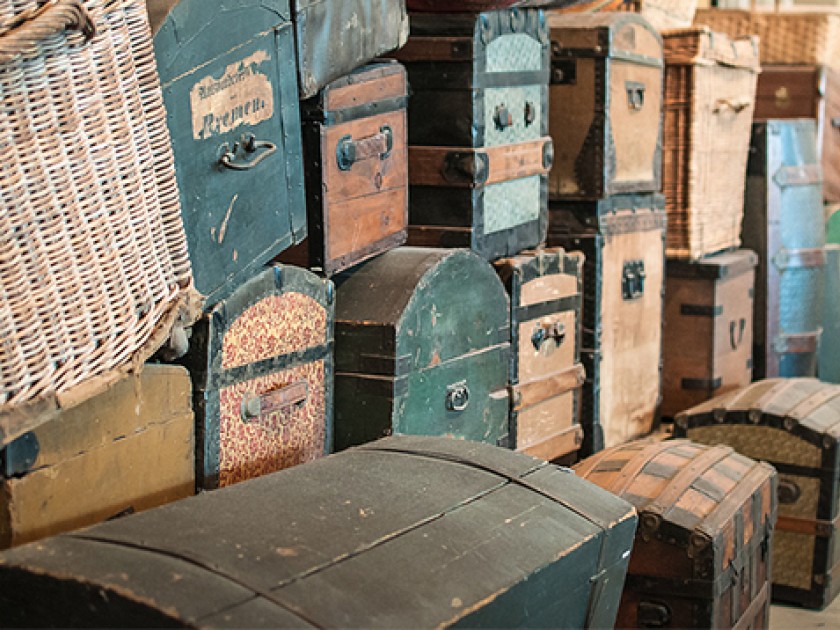
“The world is made of stories, / Not of atoms” the poet Muriel Rukeyser once wrote. All of us are made of stories: stories we’ve heard, stories we’ve read, stories we’ve made up, stories we’ve experienced, stories that come to us in dreams. Like Russian matryoshka dolls, there are stories and stories and stories nesting inside each of us just waiting to be born.
I don’t remember when I first heard the story of Sadie Gringrass (the real Gittel of my book, Gittel’s Journey: An Ellis Island Story). It seems that I have known this story all my life. I have certainly known Sadie’s daughter Phyllis for all my life. “Aunt Phyllis,” as I have called her for over sixty years, met my mother when they were both ten years old; they were best friends for seventy-four years, until my mother died. They had a lot in common — both were born in 1928, both grew up in Brooklyn, both were daughters of immigrants, both were Jewish, and both were beautiful. Later, they both married their high school sweethearts and became mothers, grandmothers and great-grandmothers. But there was one important difference between them — while they both had two sons, my mother also had a daughter. And that daughter was me.
And boy, was I fussed over and adored! My hair was brushed until it shone. I was dressed in ribbons and lace. And while the boys were whisked away by their dads to play stickball in the street, I was left behind to sit in the kitchen while my mother, Aunt Phyllis, and their friends played Mah Jongg, smoked Chesterfield King cigarettes, drank instant Maxwell House Coffee, noshed on fistfuls of chocolate-covered peanuts and Raisinets, and, most importantly, talked. And I listened. Perhaps that’s when the seeds of being a writer were sown inside me. Who else was going to be the keeper of these stories?
At some point in that fifth floor apartment in Brighton Beach, I must have heard Sadie Gringrass’s story. Or perhaps I heard it when my mother and Aunt Phyllis pushed my baby carriage down the boardwalk, their high heels clicking against the wooden planks, while seagulls squawked above me and the salty ocean air tickled my nose. Or maybe it was when we stopped in at Mrs. Stahl’s on Coney Island Avenue so my mother and aunt could perch on red vinyl stools and share a kasha knish.
All I know is that somewhere along the way I learned that Aunt Phyllis’s mother had crossed an entire ocean by herself when she was a child, carrying nothing but a piece of paper with a relative’s name and address scrawled upon it. When she arrived at Ellis Island she showed the paper to an immigration officer, but she had held it so tightly during her voyage that all the ink had worn off on her hand. And then, as the story goes, her picture was put in the newspaper, her relatives recognized her, and they came to Ellis Island to claim her.
The story stayed inside me for decades, almost as though it was hibernating. And then one day, in 2015, I saw a photo in a newspaper of a small fishing boat crowded with dark-haired, dark-eyed, sea-drenched Syrian refugees who had fled their country in a search of a better life. I stared at their weary faces full of terror, sorrow, relief, and hope, and something stirred inside me. And that’s when I remembered the story of Aunt Phyllis’s mother, and knew I had to write about it.
First I went to the source and asked Aunt Phyllis what she knew about her mother’s journey. She didn’t know much more than I already knew, except that originally her mother, Sadie, was supposed to travel with an older relative who was denied permission to board the ship. So my next step was to do research: Why would an adult not be permitted to board a boat sailing from Europe to America at the turn of the twentieth century? (Trachoma, a very contagious eye infection was the most common reason.) What type of food would a passenger traveling in steerage eat? (Herring and soup.) What type of beds were provided for refugees detained on Ellis Island? (Mattresses made of straw).
Once I amassed the facts, I needed to do emotional research. In other words, I had to put myself in Sadie’s place. What would Sadie (whom I renamed Gittel) have to leave behind? Surely a best friend. Perhaps a beloved pet. And what would she bring with her? Maybe a favorite doll. And once it was clear she would be traveling alone, what would she be given to take along? At about the same time Sadie immigrated to America, my own grandmother, along with her mother, made a similar voyage, carrying nothing but a pair of Shabbos candlesticks, so I inserted those candlesticks into my story.
“To be a Jew in the twentieth century / Is to be offered a gift,” is something else that Muriel Rukeyser wrote. If Sadie Gingrass hadn’t come to America by herself in 1911, my aunt Phyllis and all her descendants would never have been born. (In fact, Sadie’s entire town, Łomża, was conquered by the German Army in 1941; local Jews were forced into a ghetto and murdered in nearby forests and death camps.) If my grandmother and her mother hadn’t immigrated to the United States, I would not be alive today. The gift of life comes with great responsibility: to bear witness and tell the stories of those who have come before us so that they will live on and not be forgotten.
All I know is that somewhere along the way I learned that Aunt Phyllis’s mother had crossed an entire ocean by herself when she was a child, carrying nothing but a piece of paper with a relative’s name and address scrawled upon it. When she arrived at Ellis Island she showed the paper to an immigration officer, but she had held it so tightly during her voyage that all the ink had worn off on her hand. And then, as the story goes, her picture was put in the newspaper, her relatives recognized her, and they came to Ellis Island to claim her.
The story stayed inside me for decades, almost as though it was hibernating. And then one day, in 2015, I saw a photo in a newspaper of a small fishing boat crowded with dark-haired, dark-eyed, sea-drenched Syrian refugees who had fled their country in a search of a better life. I stared at their weary faces full of terror, sorrow, relief, and hope, and something stirred inside me. And that’s when I remembered the story of Aunt Phyllis’s mother, and knew I had to write about it.
First I went to the source and asked Aunt Phyllis what she knew about her mother’s journey. She didn’t know much more than I already knew, except that originally her mother, Sadie, was supposed to travel with an older relative who was denied permission to board the ship. So my next step was to do research: Why would an adult not be permitted to board a boat sailing from Europe to America at the turn of the twentieth century? (Trachoma, a very contagious eye infection was the most common reason.) What type of food would a passenger traveling in steerage eat? (Herring and soup.) What type of beds were provided for refugees detained on Ellis Island? (Mattresses made of straw).
Once I amassed the facts, I needed to do emotional research. In other words, I had to put myself in Sadie’s place. What would Sadie (whom I renamed Gittel) have to leave behind? Surely a best friend. Perhaps a beloved pet. And what would she bring with her? Maybe a favorite doll. And once it was clear she would be traveling alone, what would she be given to take along? At about the same time Sadie immigrated to America, my own grandmother, along with her mother, made a similar voyage, carrying nothing but a pair of Shabbos candlesticks, so I inserted those candlesticks into my story.
“To be a Jew in the twentieth century / Is to be offered a gift,” is something else that Muriel Rukeyser wrote. If Sadie Gingrass hadn’t come to America by herself in 1911, my aunt Phyllis and all her descendants would never have been born. (In fact, Sadie’s entire town, Łomża, was conquered by the German Army in 1941; local Jews were forced into a ghetto and murdered in nearby forests and death camps.) If my grandmother and her mother hadn’t immigrated to the United States, I would not be alive today. The gift of life comes with great responsibility: to bear witness and tell the stories of those who have come before us so that they will live on and not be forgotten.
